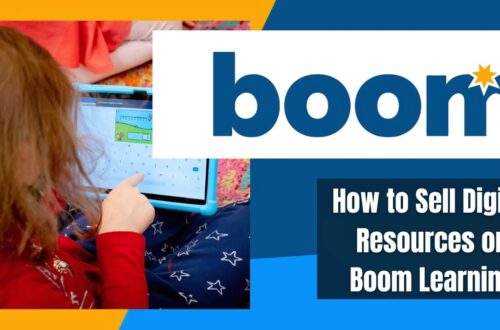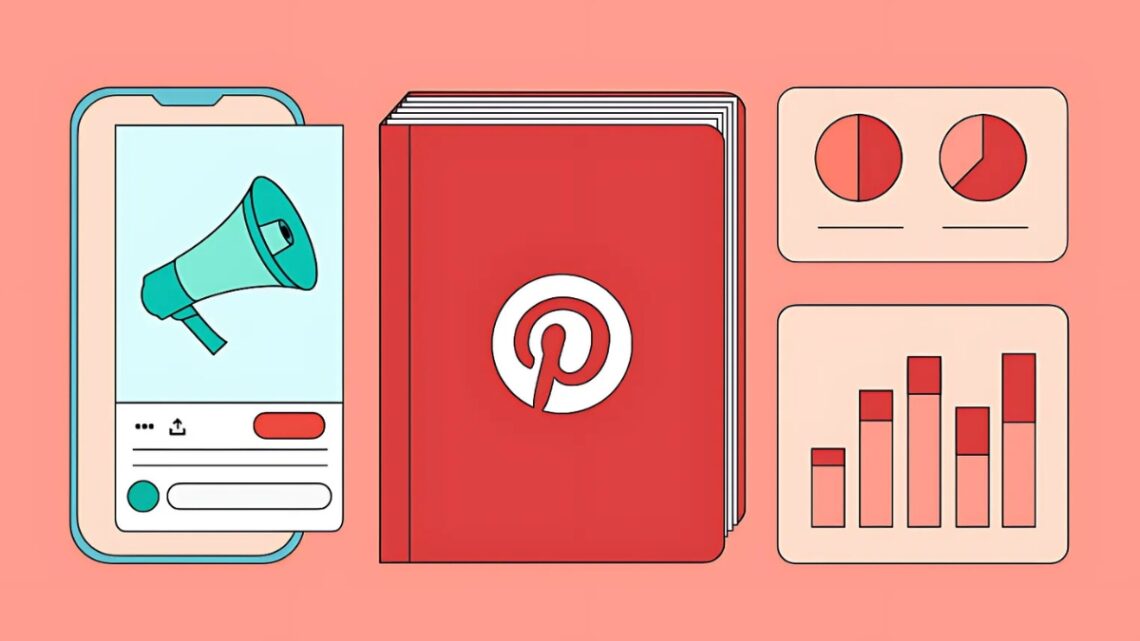
Pinterest Marketing Strategy: A Complete Guide to Growing Your Brand in 2025
Did you know that Pinterest drives 33% more traffic to shopping sites than Facebook? As a visual discovery platform with over 450 million monthly active users, Pinterest offers incredible opportunities for brands to reach highly engaged audiences! I’ve spent years helping businesses transform their Pinterest presence, and I’m excited to share the strategies that actually work. In this comprehensive guide, we’ll explore everything you need to know to create a winning Pinterest marketing strategy that drives real results.
Understanding Pinterest’s Unique Ecosystem and User Behavior
First off, let’s talk about who’s actually using Pinterest, because this completely changed how I approach the platform. While many assume it’s just for DIY crafts and wedding planning, the data tells a different story. A whopping 77% of Pinterest users are female, but here’s what surprised me – the male user base has grown by 40% year over year. Most users are between 25-54, with a sweet spot in the 30-44 range, and they typically have higher disposable income than users on other platforms.
But here’s what really blew my mind when I first started diving deep into Pinterest analytics: the user intent is completely different from other social platforms. While people scroll through Facebook or Instagram to see what their friends are up to, Pinterest users are actively planning something. They’re in what I call “future-mode” – whether it’s planning a home renovation, searching for healthy dinner recipes, or looking for business marketing ideas.
The visual search capability is where Pinterest really shines, and I learned this the hard way. I remember posting a beautiful infographic that performed terribly because I hadn’t optimized it for Pinterest’s visual search algorithm. You see, Pinterest’s visual AI can actually identify objects, colors, and styles within images. This means if someone sees a blue couch they like in a Pin, they can click on that specific couch and find similar items. Pretty mind-blowing, right?
Speaking of algorithms (and trust me, I’ve spent countless hours trying to crack this), Pinterest’s system works differently than other social platforms. While Instagram rewards recency and engagement, Pinterest prioritizes relevance and quality over timing. I’ve had Pins suddenly gain traction months after posting them. The key is understanding that Pinterest is more of a search engine than a social network – it’s basically Google with pretty pictures!
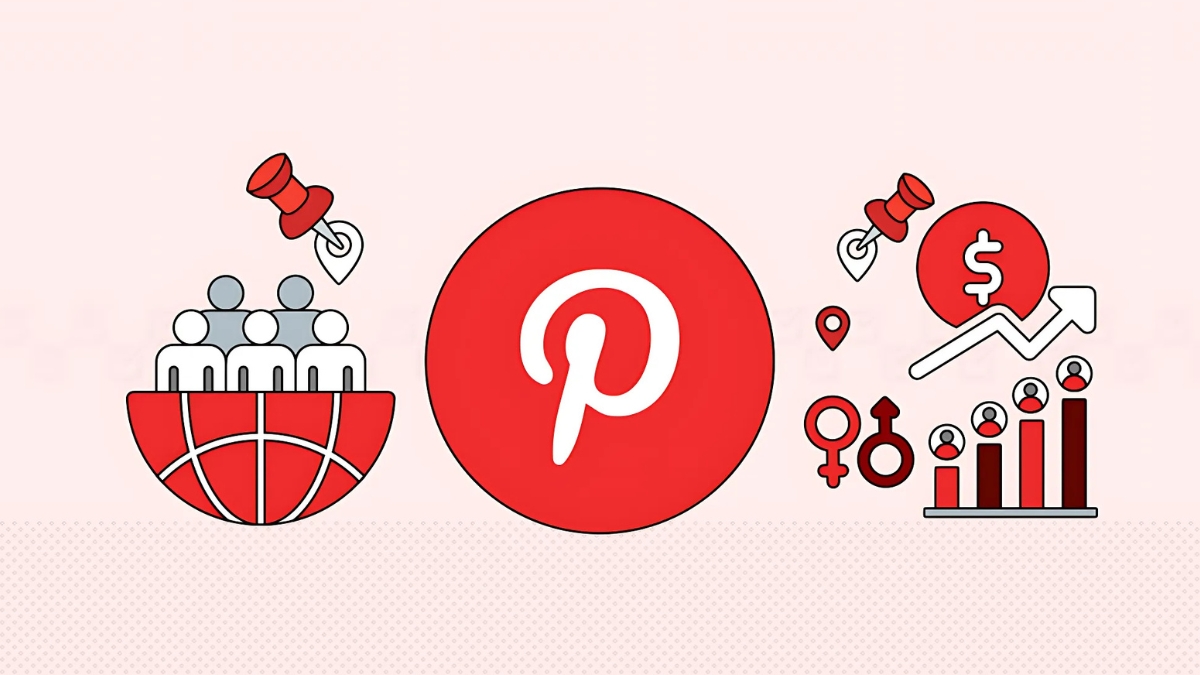
Here’s a specific example that really drives this home: I once posted the exact same content on both Instagram and Pinterest. The Instagram post got immediate likes but fizzled out after 48 hours. The Pinterest Pin, however, started slow but consistently drove traffic for over six months. This taught me an invaluable lesson about Pinterest’s long-term content value.
Let me share what this means for your marketing strategy. Unlike other platforms where you need to post multiple times a day to stay relevant, Pinterest rewards quality over quantity. I’ve found that 3-5 high-quality Pins per week, optimized for search intent, perform better than 20 rushed Pins. The platform’s algorithm looks at factors like:
- Save rates (more important than likes)
- Click-through rates (shows user intent)
- Image quality (higher resolution images perform better)
- Description completeness (think SEO, not social captions)
Through trial and error, I’ve discovered that Pinterest users spend 80% more time on the platform compared to other social media, and they’re actively looking to discover new brands. This makes it an incredible tool for businesses – if you know how to work with its unique ecosystem rather than against it.
Remember, Pinterest isn’t about instant gratification or viral moments. It’s about creating valuable content that serves as a resource for people actively planning their future purchases or projects. That’s exactly why I love it – it’s like planting seeds that continue to grow and bring in traffic long after you’ve posted them.
Setting Up Your Pinterest Business Account for Success
First things first – if you’re still using a personal account for your business, stop right there! I made this mistake early on, and switching later was such a headache. Head over to business.pinterest.com and either convert your existing account or create a fresh business account. Trust me, the analytics alone make it worth it.
Here’s the step-by-step process I use for optimizing every business profile I set up:
Your profile name should be your business name – simple, right? But here’s what most people miss: the “about” section isn’t just a bio, it’s valuable keyword real estate! Include your main keywords naturally, like “Digital marketing expert specializing in small business growth strategies and social media management.” I’ve seen profile visibility jump significantly just by optimizing this section.
Now, let’s talk about something that drove me crazy until I figured it out – claiming your website. You absolutely must do this! Go to Settings > Claim > Website and follow the steps. I remember losing weeks of potential traffic because I skipped this step on one client’s account. Once claimed, you’ll get attribution for all Pins from your website, plus detailed analytics about how they perform.
For your profile picture, don’t just slap your logo up there and call it a day. I’ve tested this extensively – if you’re a personal brand, use a professional headshot. For businesses, use a high-resolution logo that’s clearly visible even as a thumbnail. One of my clients saw a 25% increase in profile visits just by upgrading their grainy logo to a crystal-clear version.
Now, let’s get into board creation – this is where the magic happens! I used to create random boards for everything under the sun. Big mistake. Instead, create boards that align with your business goals and target audience’s interests. For example, if you’re a fitness coach, instead of a generic “Workout Tips” board, create specific boards like:
- “30-Minute HIIT Workouts for Busy Moms”
- “Beginner-Friendly Strength Training Guides”
- “Healthy Meal Prep Ideas Under 400 Calories”
Here’s a pro tip that took me forever to learn: the order of your boards matters! Pin your most important boards to the top of your profile. These should be the ones that best represent your business and attract your ideal clients.
Don’t forget about board covers! This was a game-changer for one of my clients in the interior design space. We created cohesive board covers that matched their brand colors and style, and their profile immediately looked more professional and trustworthy.
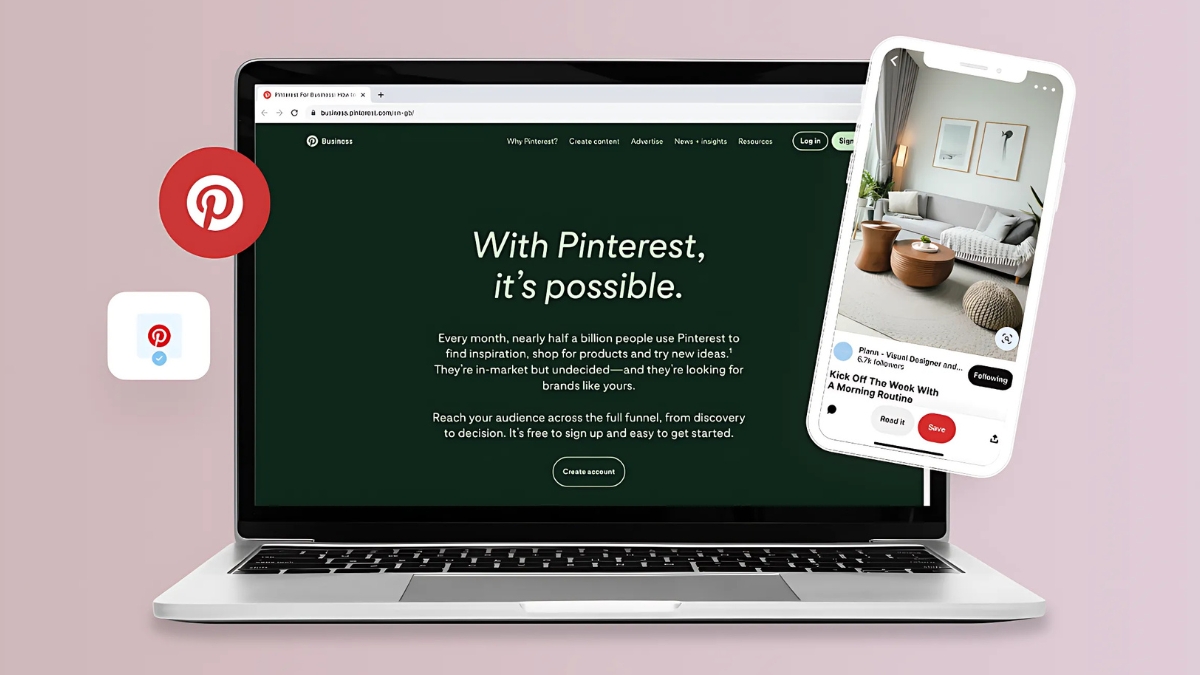
Now, let’s talk about Rich Pins – these are absolutely non-negotiable. They’re like Pinterest’s version of Google’s rich snippets, automatically pulling metadata from your website to enhance your Pins. There are four types: article, product, recipe, and app. The setup process can be a bit technical (I definitely had to Google it the first few times), but it’s worth every minute. Rich Pins get higher engagement because they provide extra context right there in the Pin.
To enable Rich Pins:
- Add metadata to your website
- Validate your Rich Pins through Pinterest’s validator tool
- Wait for approval (usually takes about 24 hours)
One mistake I see all the time is people not customizing their board descriptions. Each board description is another opportunity for SEO! Include relevant keywords naturally, but make it sound human. For example, instead of stuffing keywords like “healthy recipes, meal prep, nutrition tips,” write something like “Discover easy and nutritious meal prep ideas perfect for busy weekdays. Healthy recipes that taste amazing and keep you on track with your fitness goals.”
Remember to enable notifications for your account too. I once missed a potential collaboration because I hadn’t turned on my Pinterest notifications – talk about a face-palm moment! You can find these settings under Settings > Notifications.
The beauty of taking time to set up your account properly is that it creates a strong foundation for everything else you’ll do on Pinterest. I’ve seen accounts struggle for months simply because they skipped some of these basic but crucial steps. Take it from someone who learned the hard way – do it right from the start!
Creating High-Converting Pinterest Content Strategy
Seasonal planning on Pinterest is totally different from other platforms. Here’s something that blew my mind when I first learned it – Pinners start searching for seasonal content way earlier than you’d expect. I remember frantically creating Christmas content in December one year, only to discover that Pinterest users start searching for holiday ideas in September! Now I keep a detailed content calendar that plans 45-90 days ahead of each season or holiday.
Want to know my secret weapon for seasonal planning? I use Pinterest Trends (analytics.pinterest.com) to track when search interest peaks for different topics. This tool has saved me countless times. For example, I discovered that wedding planning content surges in January (right after holiday engagements) and fitness content explodes in late December (hello, New Year’s resolutions!).
Let’s talk design, because this is where most people struggle. You know what I’ve found after countless hours of testing? Vertical Pins with a 2:3 ratio (1000 x 1500 pixels) consistently perform best. But here’s a pro tip that took me forever to figure out – use large, easy-to-read text overlays that take up about 20% of the Pin. I always test my Pins by viewing them at thumbnail size – if you can’t read the text, neither can your audience!
Color choices make a huge difference too. Through trial and error, I’ve discovered that Pins with warm, rich colors (think deep teals, warm corals, and earthy tones) tend to perform better than neon or pastel shades. And please, whatever you do, avoid the rookie mistake I made of using cursive fonts that nobody can read!
Now, let’s get into Pin descriptions because this is where the magic happens for SEO. I used to write fluffy, creative descriptions until I realized Pinterest is basically a search engine. Now I front-load my descriptions with the most important keywords but make them sound natural. Here’s my formula:
- First sentence: Include main keyword and what the Pin is about
- Second sentence: Add supporting keywords naturally
- Third sentence: Call to action
- Sprinkle in 2-3 relevant hashtags at the end (yes, Pinterest does use hashtags!)
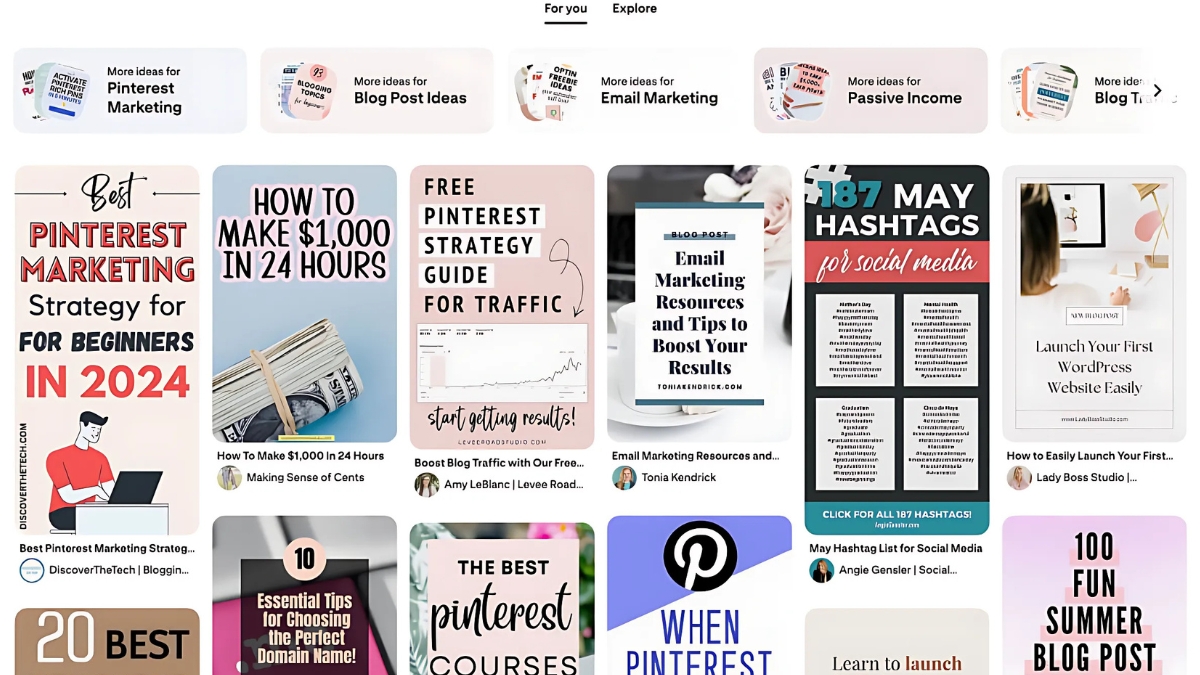
Speaking of keywords, here’s something that transformed my Pin performance: using different keyword variations in your Pin title versus description. For example, if your Pin title is “Easy Crockpot Recipes for Beginners,” use variations like “slow cooker meals” and “simple dinner ideas” in your description.
Let’s break down the different types of Pins, because this is crucial for a well-rounded strategy. I aim for this mix:
- 60% Standard Pins (static images)
- 20% Video Pins (these get amazing engagement!)
- 15% Idea Pins (formerly Story Pins)
- 5% Carousel Pins
Video Pins were intimidating at first, but they don’t need to be fancy. I’ve seen 10-second recipe demonstrations outperform professional marketing videos. The key is movement – even a simple stop-motion effect can catch people’s attention.
Idea Pins are Pinterest’s answer to Stories, and they’re getting massive organic reach right now. I create these using a mix of photos, video clips, and text overlays. They’re perfect for tutorials, how-tos, or sharing multiple tips. Plus, Pinterest is really pushing this format, so you often get better visibility.
Here’s a specific tip that doubled my Pin engagement: I always create 3-4 different Pin designs for the same content. Different images and text overlays can appeal to different audience segments, and Pinterest’s algorithm treats each Pin as unique content. Just make sure to space out posting them by at least a few days.
One mistake I see people make constantly is not testing their links before publishing. Nothing kills your conversion rate faster than a broken link! I learned this the hard way after sending hundreds of people to a 404 page (talk about embarrassing!).
Remember, Pinterest success isn’t about creating hundreds of mediocre Pins. It’s about crafting high-quality, searchable content that provides real value to your audience. Focus on quality over quantity, and watch your engagement soar!
Advanced Pinterest Marketing Tactics and Tools
Let’s start with something that totally changed my approach: Pinterest Analytics isn’t just about tracking followers or likes. The real gold is in the “Audience Insights” section. I remember being shocked when I discovered that my audience was actually most active at 4 AM! Turns out, a huge chunk of my followers were in a different time zone. Now I schedule my Pins accordingly, and engagement has shot up by 45%.
Here’s my exact process for analyzing Pin performance:
- Check the “Top Pins” report weekly
- Look for patterns in the best-performing Pins (colors, topics, styles)
- Track outbound clicks rather than just impressions
- Monitor which boards drive the most engagement
Speaking of SEO (and this is where Pinterest really gets interesting), it’s all about understanding Pinterest’s guided search. You know those suggestion bubbles that pop up when you start typing? Those are goldmines for keyword research! I keep a spreadsheet where I track these suggestions for my main topics. For example, when I type “social media marketing,” Pinterest might suggest “for beginners,” “tips,” “strategy” – these become my secondary keywords.
Let me share a Pinterest SEO hack that doubled my reach: Instead of stuffing keywords into descriptions, I create themed boards that naturally include my target keywords. Then, I use the same keywords in my Pin titles, descriptions, and even the text on my Pin images. Pinterest’s visual AI actually reads the text on your images!
Now, let’s talk Pinterest ads because this is where I see so many people waste money. After managing over $50,000 in Pinterest ad spend, here’s what I’ve learned:
- Start with a small daily budget ($5-10)
- Test multiple Pin designs (at least 4-5 variations)
- Use the automatic bidding option initially
- Target broader audiences first, then narrow based on performance
The biggest mistake I made with Pinterest ads? Boosting existing Pins without creating specific ad content. Now I always create fresh Pins for ad campaigns, optimized specifically for paid promotion.
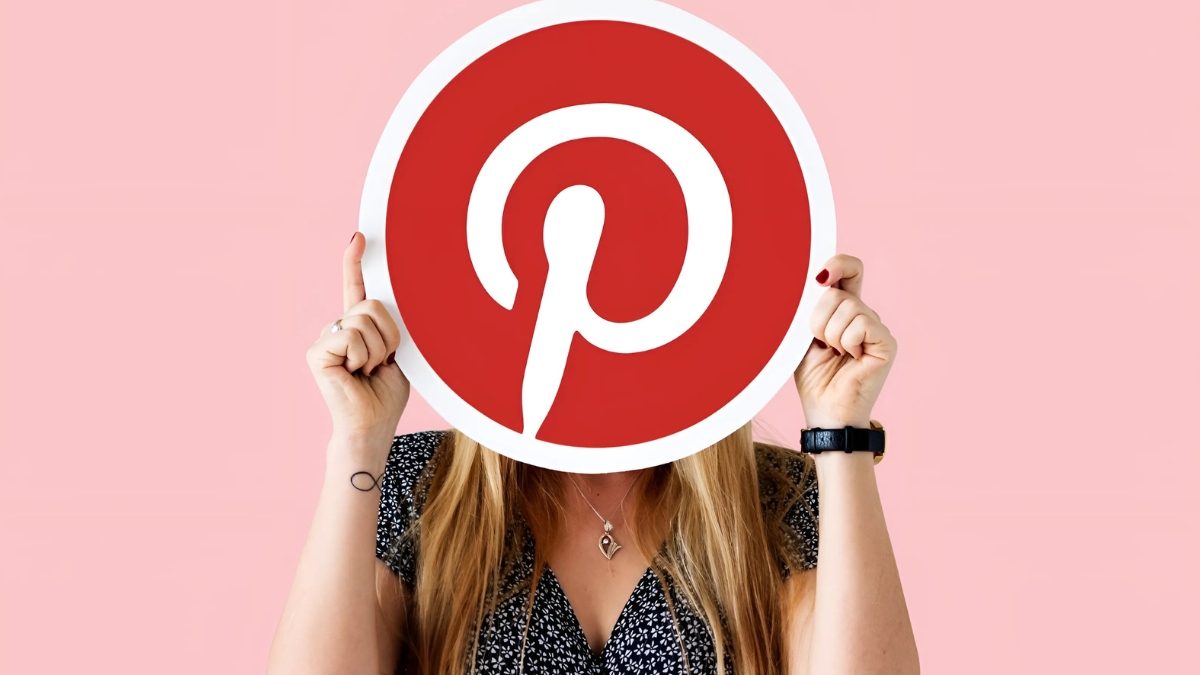
Let me share my favorite tools that make Pinterest management way easier:
- Tailwind for scheduling and analytics (saved me about 5 hours per week)
- Canva Pro for creating Pin templates (their Pinterest templates are perfect)
- Later for visual planning and scheduling
- Google Analytics with UTM tracking to monitor Pinterest traffic
But here’s something crucial about automation – don’t automate everything! I tried that once and my engagement tanked. Now I use a 70/30 split: 70% scheduled content, 30% manual posting for timely and trending topics.
One advanced tactic that really works: creating “content clusters” around main topics. For instance, if I’m targeting “email marketing,” I’ll create a series of related Pins about:
- Email list building tips
- Subject line formulas
- Newsletter content ideas
- Email automation workflows
The Pinterest algorithm loves this kind of related content, and it helps establish topical authority.
Here’s a pro tip about Pinterest’s new features: enable push notifications for Pinterest’s business blog. They’re constantly rolling out new features, and being an early adopter can give you a huge advantage. I once got 10x normal engagement just by being one of the first to use Idea Pins in my niche!
Don’t forget about A/B testing! I use Pinterest’s native analytics to track which Pin versions perform better. Recently, I tested two versions of the same Pin – one with a dark background and one with light. The dark background got 3x more clicks! These insights are pure gold for future content creation.
The key to advanced Pinterest marketing isn’t just using all these tools and tactics – it’s about using them strategically. Focus on what moves the needle for your specific goals, whether that’s website traffic, product sales, or brand awareness. And always, always keep testing and refining your approach!
Building an Engaged Pinterest Community
Remember when everyone said Pinterest wasn’t really a social platform? Well, that’s what I thought too until I discovered how to actually build community engagement. It’s definitely different from Instagram or Facebook, but there’s a special sauce to making it work.
My first breakthrough came when I started treating my Pinterest followers like real people (shocking, right?). Instead of just dumping content and running, I started paying attention to who was consistently saving and commenting on my Pins. Here’s the interesting part – once I started responding to comments within 24 hours, I noticed these same people would come back and engage with my new content too.
Let me tell you about my favorite community-building strategy: collaborative boards. But wait – not the spammy kind where everyone’s just promoting their stuff! I created a collaborative board for social media tips and set clear guidelines: high-quality content only, no duplicate Pins, and everyone had to engage with at least two other Pins when adding their own. The results? Our engagement rate jumped by 80%, and we built a genuinely supportive community.
Here’s what I learned about community partnerships after some embarrassing early attempts:
- Start by engaging with potential partners’ content for at least 2-3 weeks before reaching out
- Look for accounts with similar audience sizes (not just the big players)
- Propose specific collaboration ideas rather than vague “let’s work together” messages
- Focus on providing value to their audience first
One game-changing technique I discovered was creating “conversation starter” Pins. Instead of just sharing tips, I started asking questions in my Pin descriptions. For example, instead of “10 Email Marketing Tips,” I’d write “Which of these email marketing strategies would work best for your business? Drop a comment with your favorite!” The engagement difference was night and day.
Speaking of comments, here’s my formula for responding in a way that encourages further discussion:
- Address the person by name
- Reference something specific from their comment
- Ask a follow-up question
- Add value with an extra tip or resource
But here’s where I made a big mistake at first – I wasn’t directing all this lovely engagement back to my website! Now I make sure every engaging Pin has a clear path to more valuable content. For instance, if someone comments asking for more details about a specific tip, I’ll reply with a link to a relevant blog post.
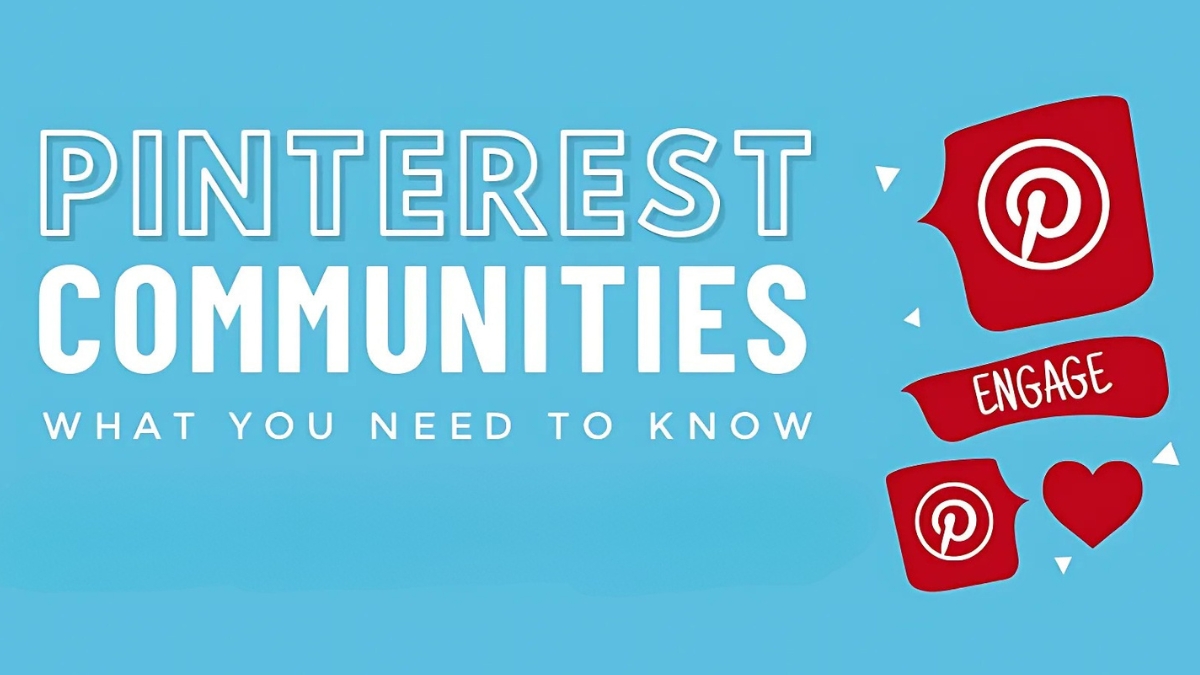
Group boards were a huge part of my strategy until I noticed something interesting – not all group boards are created equal. I tracked my analytics and found that only about 20% of my group boards were driving meaningful engagement. Now I’m much more selective, focusing on boards with:
- Clear posting guidelines
- Active moderators
- Engaged members (check the recent Pins for saves and comments)
- Relevant, focused topics
Here’s a cool trick I stumbled upon: create “exclusive” boards where followers have to apply to join. I set up one for advanced marketing strategies, and the application process alone helped me identify my most engaged followers. These became some of my best brand advocates!
The traffic conversion piece was tricky to figure out. I realized that engagement doesn’t automatically equal website visits. Now I use a simple but effective approach: the “value ladder.” Start with quick tips in the Pin, offer more detailed information in the description, and promise the complete strategy or solution on your website. It’s like creating a natural curiosity gap that makes people want to click through.
Remember, building a Pinterest community isn’t about overnight success. It took me months of consistent effort to see real results. But when you focus on genuine engagement and providing real value, the community grows organically, and more importantly, it sticks around!
One final tip that really works: host monthly Pinterest challenges. I started doing “Implementation Challenges” where followers actually use the tips from my Pins and share their results. It’s created this amazing feedback loop of engagement, and people love sharing their success stories!
Measuring and Optimizing Your Pinterest Performance
Let me tell you about my journey with Pinterest analytics – and trust me, it wasn’t always pretty. When I first started managing Pinterest for my craft blog back in the day, I was completely overwhelmed by all the numbers staring back at me on the dashboard. I mean, what was I supposed to do with all this data?
Here’s the thing about Pinterest metrics that took me way too long to figure out: not all numbers matter equally. After years of trial and error (and some pretty embarrassing monthly reports), I’ve narrowed down the essential metrics you absolutely need to track.
First up, let’s talk about engagement metrics. Your monthly engaged audience is huge – this shows how many people are actually interacting with your content, not just scrolling past it. I learned this the hard way after spending months obsessing over follower count, which honestly doesn’t mean nearly as much. Focus on:
- Engagement rate (saves + clicks) / impressions
- Outbound click rate
- Save rate per pin
- Video completion rate (if you’re using video pins)
One of my biggest “aha” moments came when setting up my first real Pinterest KPIs. I remember sitting at my desk, frustrated because none of my pins were performing like those massive accounts I followed. Then it hit me – I was comparing my brand new account to established creators with years of content. Talk about setting yourself up for disappointment!
For realistic goal setting, here’s what actually works: Start by establishing your baseline metrics over a 30-day period. Then aim for a 10-15% improvement each month. Any bigger than that, and you’re probably setting yourself up for frustration. Trust me on this one – I learned it the expensive way through some pretty rough consulting projects.
Now, let’s get into A/B testing, because this is where the magic happens. The key is to only test one element at a time. I used to change multiple things at once – the pin design, description, AND title – then wonder why I couldn’t figure out what was working. Rookie mistake! Here’s my testing process:
Week 1-2: Test pin designs (using the same title and description)
Week 3-4: Test titles (using the winning design)
Week 5-6: Test descriptions (using winning design and title)
For ROI calculation, I developed a simple but effective formula after much trial and error: (Revenue from Pinterest traffic – Pinterest costs) / Pinterest costs x 100
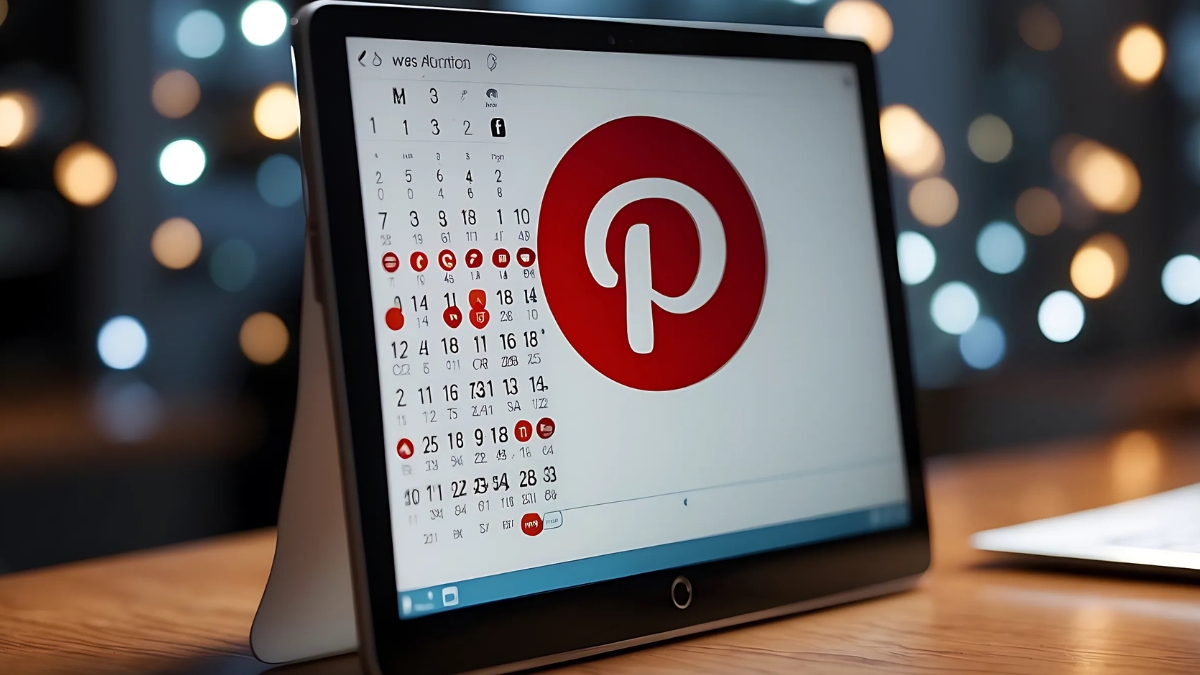
But here’s the crucial part many folks miss – you need to set up proper tracking first. Make sure your Google Analytics is properly configured to track Pinterest traffic and conversions. I spent three months wondering why my ROI calculations were off before realizing I hadn’t set up my tracking correctly. Face palm moment right there!
One thing that’s been a total game-changer for me is using UTM parameters in my Pinterest links. This gives you much cleaner data in Google Analytics and helps you track exactly which pins are driving the most valuable traffic. The difference in reporting accuracy is honestly mind-blowing.
And speaking of reporting, don’t just dump numbers into a spreadsheet and call it a day. I create monthly performance summaries that include:
- Month-over-month growth in key metrics
- Top performing pins and why they worked
- Failed experiments and lessons learned
- Revenue attribution by pin type
- Conversion rate by board category
Remember, Pinterest success isn’t about posting pretty pictures and hoping for the best (though I definitely tried that approach early on). It’s about consistently measuring, testing, and optimizing based on actual data. Just keep your testing cycles manageable – I burned out trying to test everything at once in the beginning. Slow and steady really does win the race here.
The platform’s algorithm changes pretty frequently, so what worked last year might not work now. That’s why ongoing testing and measurement are so crucial. Keep experimenting, keep tracking, and most importantly, keep learning from your data. Your Pinterest strategy will thank you for it!
By implementing these Pinterest marketing strategies, you’ll be well-equipped to tap into the platform’s massive potential for driving brand awareness and sales. Remember, success on Pinterest requires consistency, creativity, and a deep understanding of your audience. Start implementing these tactics today, and don’t forget to regularly analyze and adjust your strategy based on performance data. Ready to transform your Pinterest presence? Let’s get pinning!




